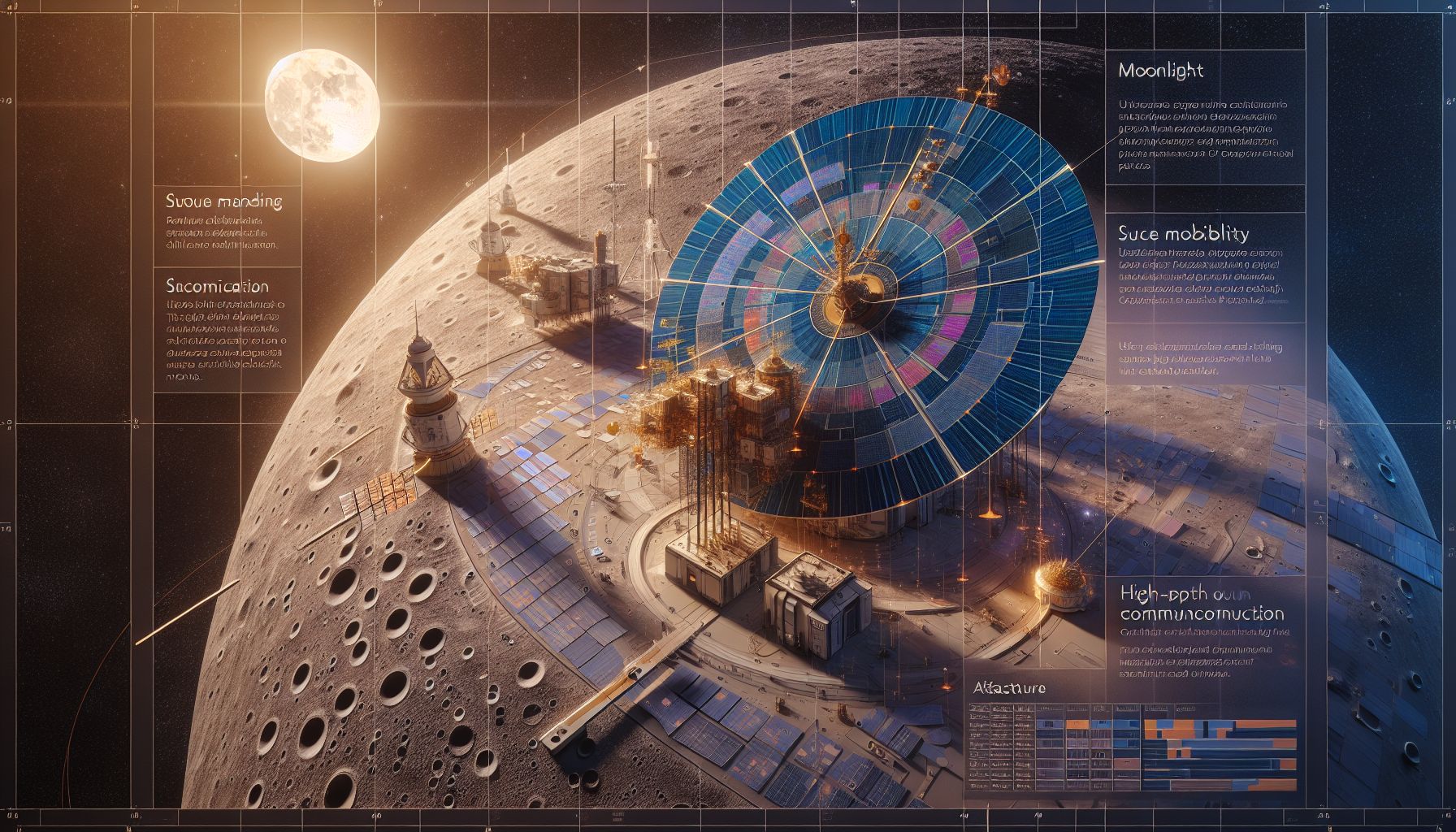ESA's Moonlight Project: Paving the Way for Lunar Exploration

Paris, Thursday, 14 November 2024.
The European Space Agency launches Moonlight, an ambitious project to establish a satellite constellation for lunar communications and navigation. With over 400 planned Moon missions in the next two decades, this infrastructure aims to support precise landings, surface mobility, and high-speed Earth-Moon communication by 2030.
The Driving Force Behind Moonlight
The Moonlight project represents a significant leap forward in space technology, spearheaded by the European Space Agency (ESA). This initiative is designed to create a robust network of satellites orbiting the Moon, specifically aimed at enhancing communication and navigation capabilities. With over 400 lunar missions anticipated from various space agencies and private companies over the next two decades, the need for reliable infrastructure has never been more pressing. ESA’s Director General, Josef Aschbacher, emphasized the importance of this project, stating that it supports the emerging commercial lunar market by providing essential communication and navigation services[1].
How Moonlight Works
The Moonlight project will deploy a constellation comprising five satellites—four dedicated to navigation and one to communication—alongside three ground stations that cover up to 400,000 kilometers. This setup aims to provide precise landing capabilities, enhance surface mobility, and facilitate high-speed communication between Earth and the Moon. The focus on the lunar south pole is strategic, leveraging ‘peaks of eternal light’ for solar power and ‘craters of eternal darkness’ for resource extraction like water and rocket fuel[1]. Initial operations are expected to commence with the launch of the Lunar Pathfinder satellite in 2026, with fully operational services by 2030[2].
Collaborations and Economic Impact
ESA is collaborating with NASA and the Japanese Aerospace Exploration Agency (JAXA) through the LunaNet initiative, ensuring that Moonlight’s infrastructure will be compatible with other international lunar missions. This collaboration facilitates efficient data sharing and interoperability, crucial for the sustainability of lunar exploration. The economic implications are vast, as shared infrastructure allows space agencies to direct their investments toward exploratory missions, thereby fostering a burgeoning lunar economy. Paul Bate, Chief Executive of the UK Space Agency, highlighted that such a commercial lunar economy could yield substantial benefits for Earth[3].
Looking Beyond: The Future of Lunar and Martian Exploration
Moonlight’s significance extends beyond the lunar surface. The technologies developed as part of this project will not only support lunar missions but also set the stage for future endeavors to Mars through projects like MARCONI, aimed at establishing communication infrastructures for Mars exploration. This strategic vision underscores ESA’s commitment to long-term space exploration, positioning Europe as a leader in space innovation. The Moon is transforming from a mere satellite into a launchpad for humanity’s next great adventures in space[4].

